

British Summer Time started last night at midnight, and while you might be focussing on the clocks going forwards, and the evenings being lighter, you might also have noticed how your garden and local parks are in full bloom already.
The explanation, of course, is the rise in UK temperatures. The highest temperature in February this year topped off at a staggering 20.3ºC (source: Met Office), much higher than previous years. And while the British weather is always unpredictable, a study of how the weather has behaved every March in the past 50 years shows just how much it has warmed – by up to 2ºC (see the infographic below).
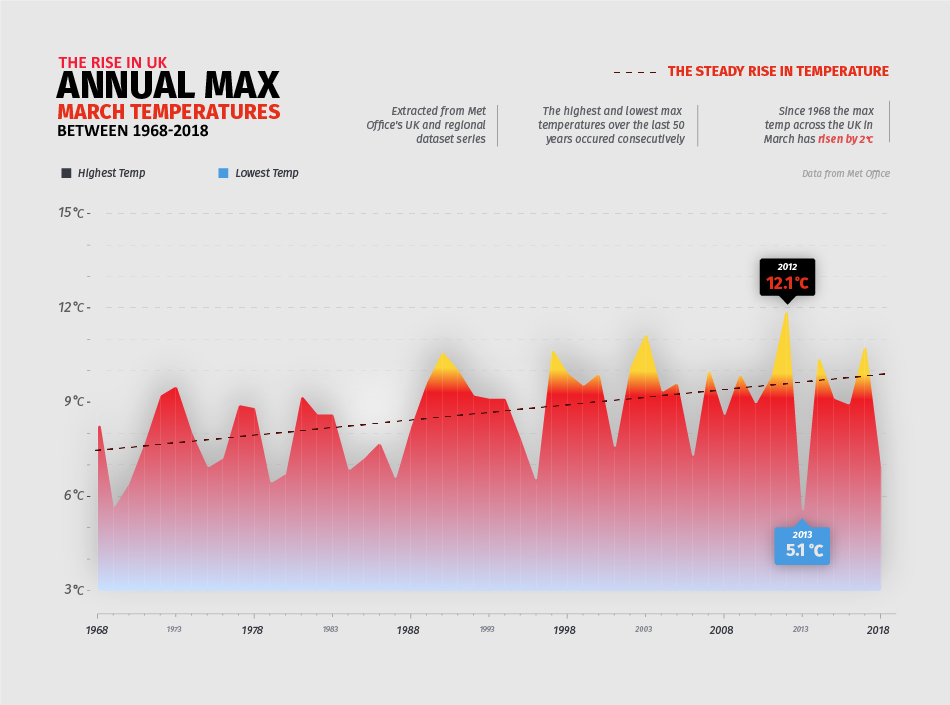
That's not to say, however, that it's been a relentless rise. Faraway Furniture delved a little deeper into the data, and found that March maximum temperatures in the UK over 50 years also paint the picture of a series of spikes, showing little regularity or uniformity. The two most unpredictable temperature changes for March occurred in 2012 and 2013, where maximum temperatures read 12.1ºC and 5.1ºC respectively. It also appears that 2018 resulted in a big dip in maximum temperatures, too (as indicated on the graph), with a recorded high of only 6.9ºC.
This general trend of increasing temperatures might be welcomed by those of us who enjoy sitting in our gardens in the warm weather, but the impact of climate change on UK gardens means gardeners will have to quickly adapt. Climate change in the UK are likely lead to reduced frosts, early springs, warmer weather year-round, increased winter rainfall, and an increased risk of drought, according to Botanic Gardens Conservation International (BGCI).
The lawn is expected to be particularly affected, because they will become increasingly difficult and costly to maintain. This might perhaps be more of annoyance to the average gardener, but for those with larger gardens, and for managers of our green spaces in particular, a rethink or careful water conservation will be needed.
Join our newsletter
Get small space home decor ideas, celeb inspiration, DIY tips and more, straight to your inbox!
Lucy is Global Editor-in-Chief of Homes & Gardens having worked on numerous interiors and property titles. She was founding Editor of Channel 4’s 4Homes magazine, was Associate Editor at Ideal Home, before becoming Editor-in-Chief of Realhomes.com in 2018 then moving to Homes & Gardens in 2021. She has also written for Huffington Post, AOL, UKTV, MSN, House Beautiful, Good Homes, and many women’s titles. Find her writing about everything from buying and selling property, self build, DIY, design and consumer issues to gardening.
-
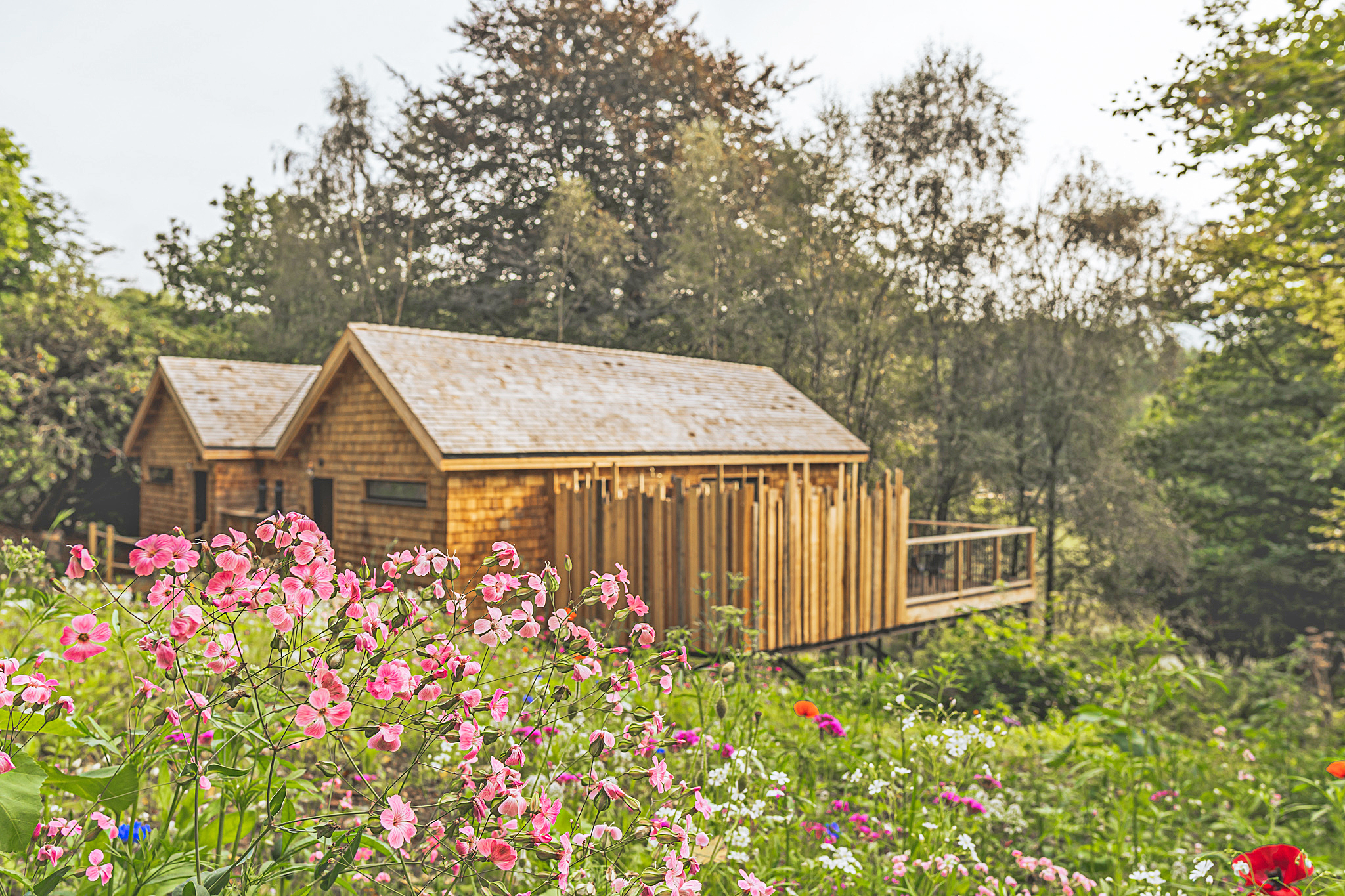 5 non-toxic pest control solutions for planet-friendly gardening
5 non-toxic pest control solutions for planet-friendly gardeningGarden expert Jonathan Race explains how to take a new, natural approach to garden pest control that doesn't involve any nasties
By Lindsey Davis Last updated
-
 6 reasons why artificial grass is NOT low maintenance
6 reasons why artificial grass is NOT low maintenanceIt doesn't need mowing, reseeding or watering, so it must be easy to look after, right? We quash the myth that artificial grass is the low-maintanance solution to all your gardening woes
By Lindsey Davis Published
-
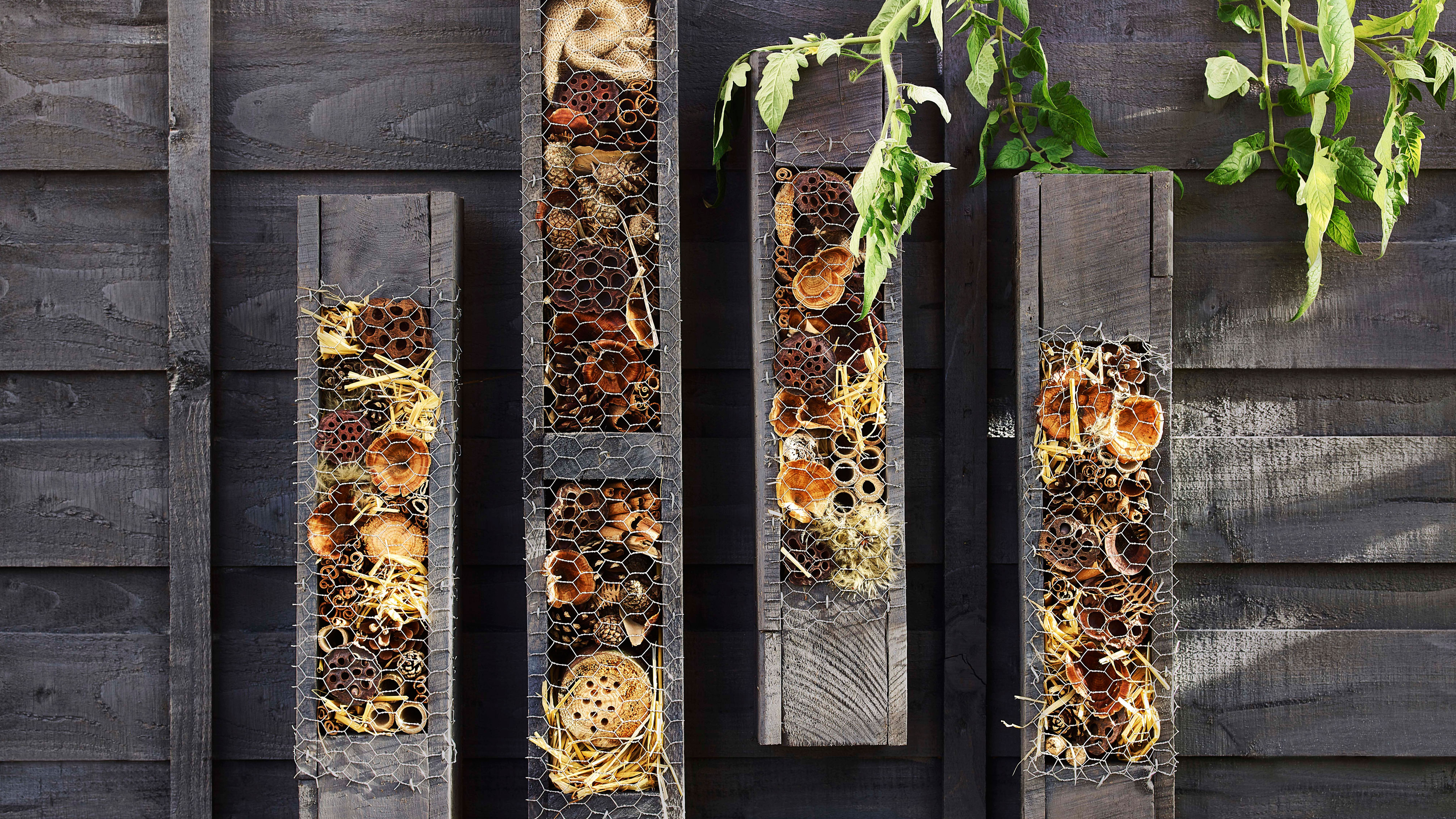 How to make a bee hotel
How to make a bee hotelLearn how to make a bee hotel using pallets, chicken wire and a few other bits you probably have hanging around. It recycles and makes a space for nature in one – the perfect weekend project
By Anna Cottrell Last updated
-
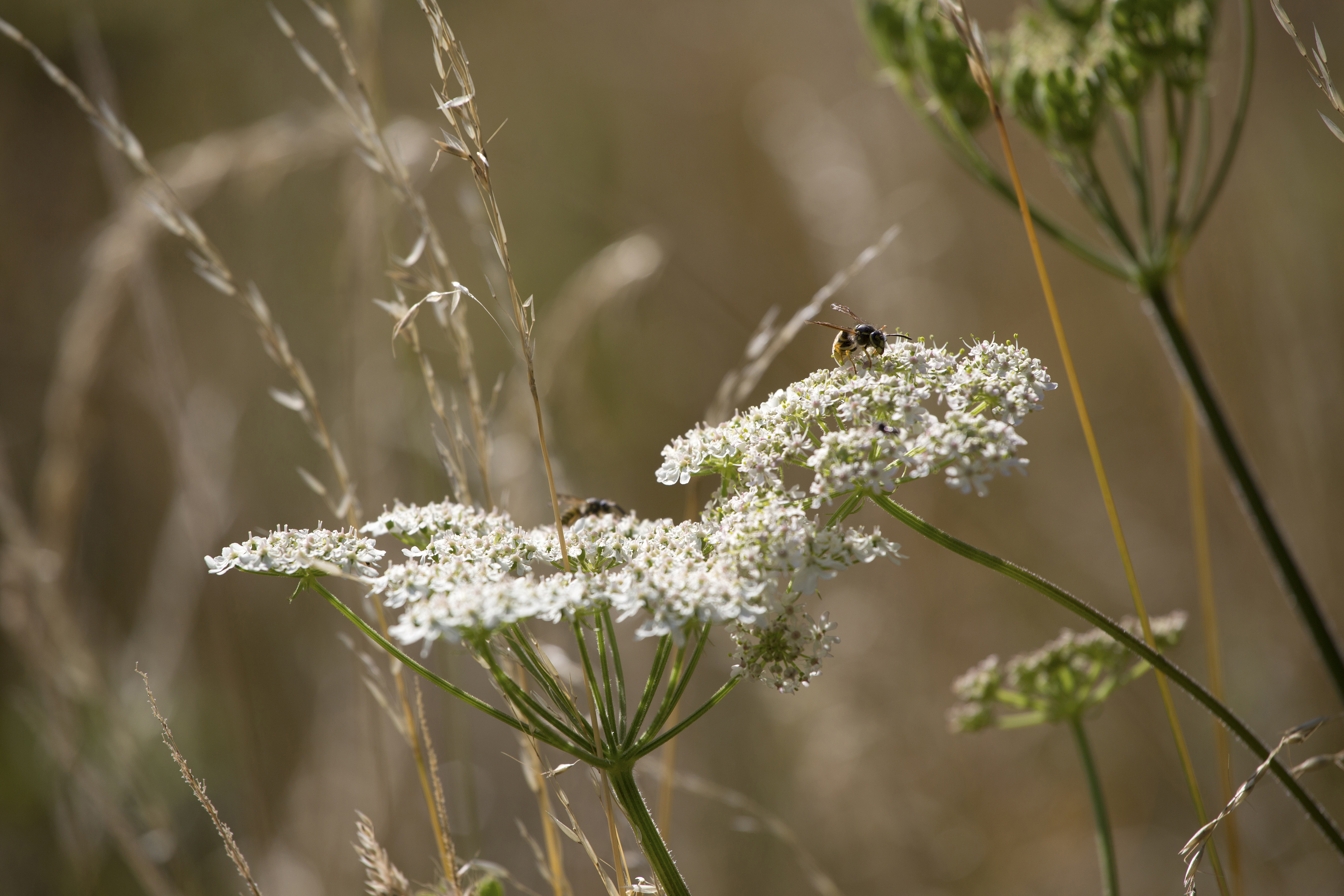 Wildlife garden: how to create one and what to plant
Wildlife garden: how to create one and what to plantCreate a wildlife garden that acts as a haven for a rich variety of insects, birds and creatures
By Leigh Clapp Last updated
-
 Birds in gardens need your help: here's what you can do
Birds in gardens need your help: here's what you can doHere's how to help birds in gardens who are about to begin breeding, from installing a bird house to providing nesting materials
By Anna Cottrell Published
-
 Get free trees for your garden if you live in London – and make the capital greener
Get free trees for your garden if you live in London – and make the capital greenerThe Mayor Sadiq Khan and the Woodland Trust have teamed up to give away 30,000 trees for Londoners to make the capital even greener
By Anna Cottrell Published
-
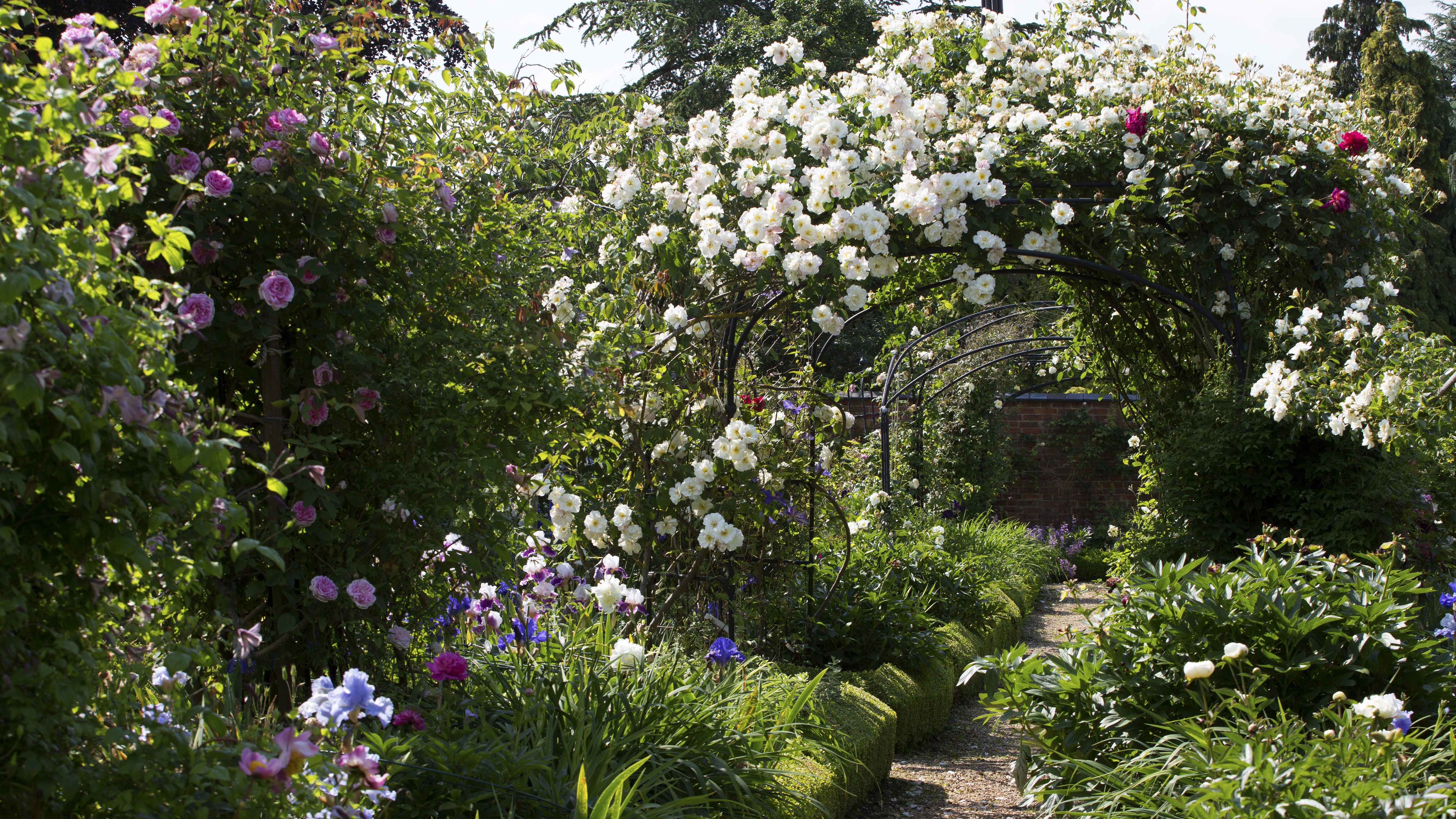 Gardening to fight climate change? Get planting
Gardening to fight climate change? Get plantingGardening can help us mitigate the effects of global warming, RHS research proves
By Anna Cottrell Published
-
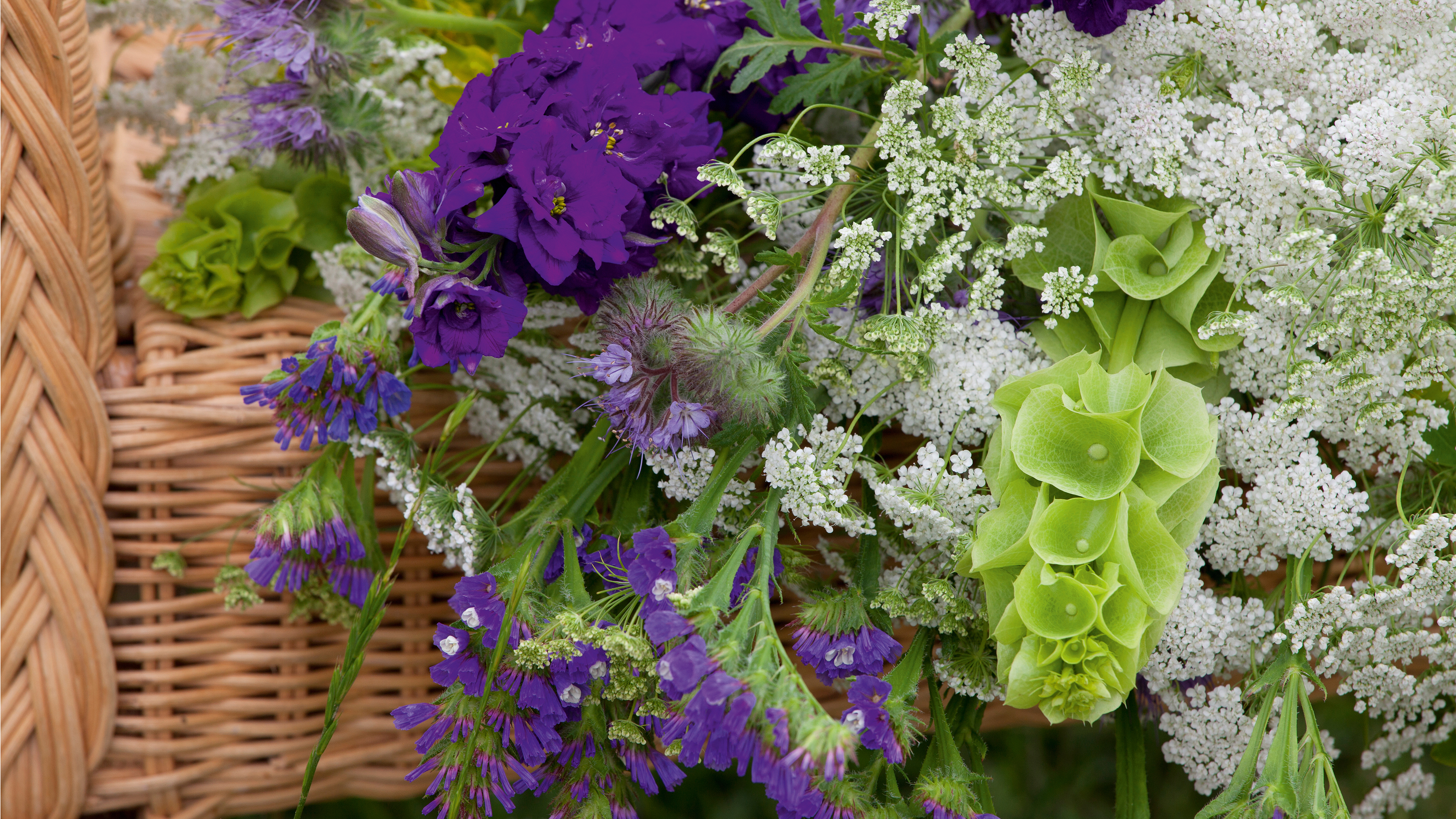 Why it's so important to buy British flowers
Why it's so important to buy British flowersWith British Flowers Week just around the corner, we look at the importance of buying British flowers
By Holly Reaney Last updated